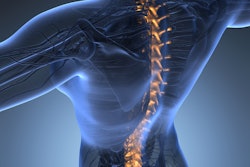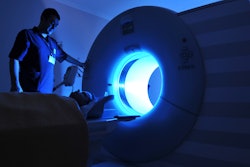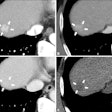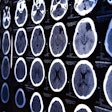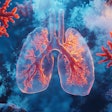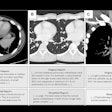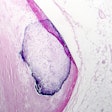Lung nodules are present in more than a fifth of Northern European nonsmokers -- a percentage similar to their prevalence in high-risk populations of smokers, researchers have found.
The study results suggest that, as the volume of chest CT scans for various clinical indications continues to climb, the presence of incidental nodules could increase the number of follow-up scans and workups among low-risk individuals, wrote a team led by senior author Rozemarijn Vliegenthart, MD, PhD, of the University of Groningen in the Netherlands. The findings were published August 13 in Radiology.
"Our study revealed the presence of clinically relevant nodules in 11.1% of a nonsmoking cohort [that is] traditionally considered low risk," Vliegenthart said in a statement released by the RSNA. "This was higher than we expected and even similar to the prevalence reported in high-risk populations of smokers."
Incidental lung nodules are often identified on chest CT, and in individuals at high risk of lung cancer, can be an early sign of the disease, the team noted. Most research on the prevalence and size of lung nodules has been conducted with heavy smokers; there are few data on the prevalence of lung nodules in nonsmokers, and thus little guidance on how to follow these nodules when found.
Vliegenthart and colleagues conducted research that included 10,431 never- or former smokers ages 45 and over from the Imaging in LifeLines (ImaLife) study, which is a population-based work intended to help set reference values of imaging biomarkers for early-stage coronary artery disease, lung cancer, and chronic obstructive pulmonary disease (COPD) in nonsmokers. In Vliegenthart's study, 46.1% of the patient cohort were never-smokers and 53.9% were former smokers.
Patients underwent low-dose chest CT exams which were read by seven radiologists, who then tracked the presence and size of any lung nodules and noted any that were clinically relevant and required follow-up action.
The group reported the following:
- Reading radiologists found at least one lung nodule in 42% of the participants. Of these, 47.5% were men and 37.7% were women.
- Clinically relevant lung nodules (that is, those measuring 6-8 mm and 8+ mm) were found in 11.1% of participants, with the prevalence increasing with age.
- Men were more likely than women not only to have lung nodules but also to have multiple nodules.
The study suggests that nonsmokers may need to be tracked for lung cancer just as much as their smoker counterparts, according to the authors.
"As patients are followed in the LifeLines cohort over time, we can gather more data to determine if lower-risk patient population may need altered follow-up management," they concluded.
The complete study can be found here.





